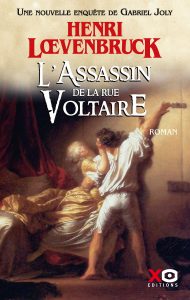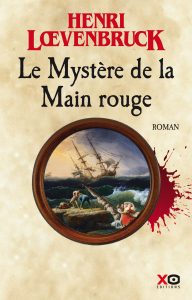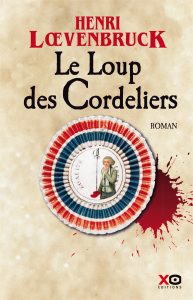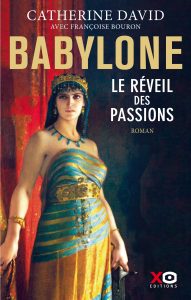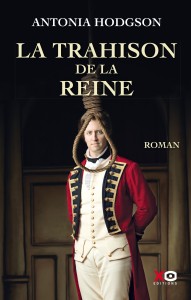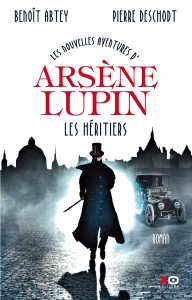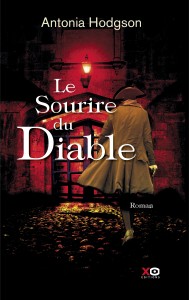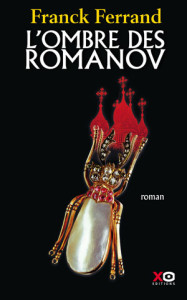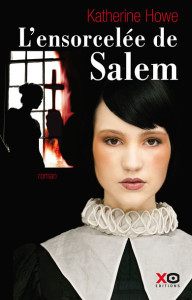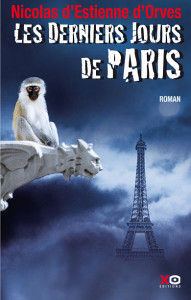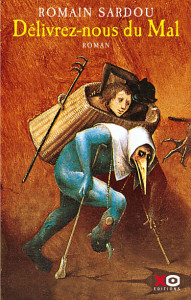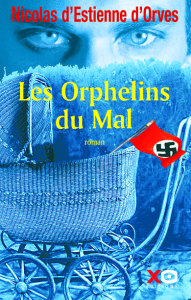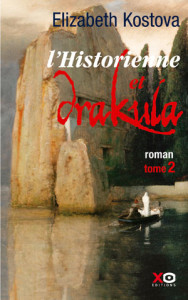I’ve wanted to use an island as the backdrop for an investigation for a long time. And after the lockdown we’ve just experienced I was convinced that an island was the best setting possible to put intrigue into play in a disturbing detective story. I soon found myself thinking about the Anglo-Norman islands, at once so close and so remote, full of that peculiar mix of French and British culture that I’ve been awash in all my life. The 1920s appealed to me in the same way. It’s a fascinating period, immensely quixotic, brimming with culture, that saw the real beginnings of the women’s liberation movement—progress that should have begun made during the French Revolution, but in reality, only arrived after The Great War.
Your island is not completely imaginary. How much of the description of Blackmore is real and how much is fiction?
Blackmore is a fictional version of Alderney Island, the younger sibling to Jersey and Guernesey, that I simply cloaked in mystery. Just as Stephen King created the town of Derry and H.P. Lovecraft created Arkham, I really wanted to come up with a place that was at once imaginary and anchored in a kind of reality. That’s why I spent a lot of time researching the available documentation on the island, testimonies and period photographs. I went for long walks around those Anglo-Norman islands so that I could anchor my story in reality while giving it a slight touch of fantasy.
The heroine, Lorraine Chapelle, was the first graduate of the Paris Institute of Criminology. Is she based on a real person?
Not directly—although it’s likely that a Lorraine Chapelle did exist at that time—but in any case, she represents a cosmopolitan and feminine youth that was steeped in the anarchic currents of the 1920s. Most of all she illustrates that desire among young women to access the same education that men received, a dream with roots in the 18th century. It was on the list of grievances addressed during the French Revolution in the general assembly of 1789. That dream has not fully come to fruition. Lorraine is one of those women who, for centuries, has struggled against the patriarchy, trying to stir things up.
Why did you choose to make her a young graduate of the Criminology Institute?
Because it was at the time that forensic policing was born and made its biggest leaps forward, thanks in part to the work of Edmond Locard, mentioned several times in the book. It’s also when connections start to be made between the worlds of criminology and psychiatry when renowned criminals like Landru or the members of the Bonnot clan were arrested thanks to forensics, and I thought it would be interesting to give science a major role in the solving of the crime.
At Lorraine’s side, we meet another detective, Edward Pierce, a Brit, with whom she forms a duo as improbable as it is touching. Who is he?
I had a lot of fun creating this pair of investigators whose way of working couldn’t be more different. Lorraine is a scientist who only swears by rational proof; Edward, on the other hand, describes himself as a “detective of the strange,” who lets mystery, the inexplicable and the science of the occult guide him. In some ways, they are the Mulder and Scully of the 1920s, very different but complementary, with humanism as their common denominator. Both are prickly, marginal, and swim against the tide. Edward is a gay man at a time when this sexual preference was not at all accepted. People consider him an introvert. Lorraine is confronted with a world of men.
Reading your work, one is reminded of Agatha Christie and Arthur Conan Doyle, but also of Lovecraft because of the supernatural and occult elements in the book. What place do they occupy in your personal library? In what way do they influence you?
Along with Stephen King and Alexandre Dumas, they are the authors that lit up my adolescence, the ones who gave me a taste of commercial fiction that entertains us, transports us, and gives us goosebumps, whether from fear or a desire to escape. Despite my reservations about his political views, H.P. Lovecraft is one of the authors who had the greatest influence on me. He’s probably the father of the modern horror story, but most importantly he had a runaway imagination. After writing several realistic mysteries, I wanted to take a crack at fantasy and horror, and it’s with nostalgic malice that I wanted to tip my hat, in my own fashion, to the “master of Providence,” but also to the feeling of adventure you get from reading Jules Verne or Arthur Conan Doyle.

